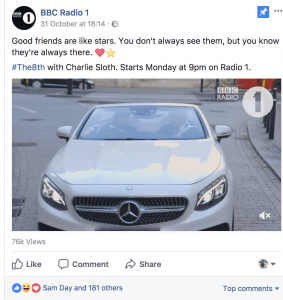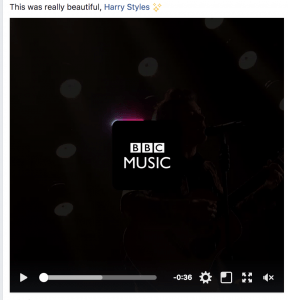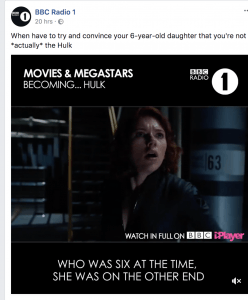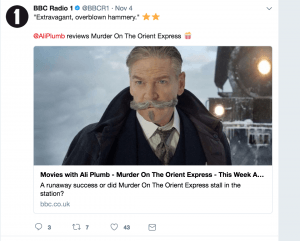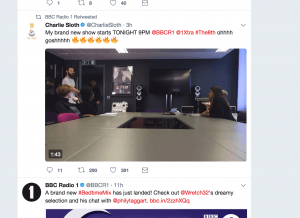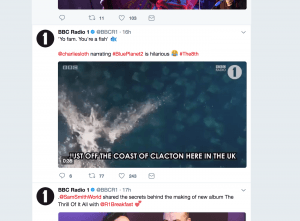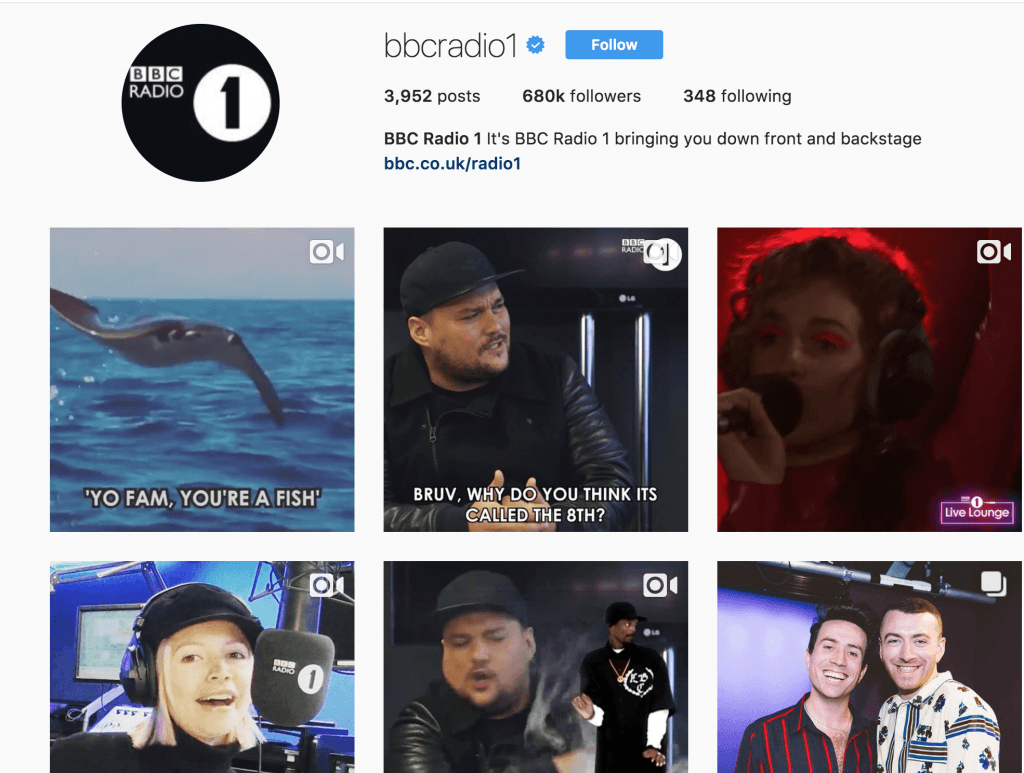I did some research on how to improve my confidence in approaching people to be involved in the project. The first article I read was from Poynter which suggested 5 ways in which you can improve your confidence and be less shy/embarrassed in how you approach people, despite being based for a journalist there was still a lot of things to consider.
The first thing was that I have a professional responsibility to talk to people and ask people if want to be involved within the project due to it being vital for the success of the project as a whole and if I were in a professional environment it would be vital as the project wouldn’t be completed and we wouldn’t gain an income. The next point was that the job role should be the encouragement to make you speak to people as this should act as the motivation. The next thing I learned from this article was that it is vital to have clear-cut research around the person you are going to ask to be involved alongside having dates and times that you would like the potential contributor to be free on so that they can be involved. The final two things that I took from this article was that it is very important for me to stop worrying about the potential outcome of an email/telephone response and just do it and I can relate to this one with particular effect as i’m guilty of doing this. Finally, the notion that practice makes perfect is referenced as the more time you ring or email people the less stigma you have about talking to people.
https://www.poynter.org/news/5-ways-journalists-can-overcome-shyness-during-interviews
The next article I read was from the website Matador network which gave me the following pointers: The first is that you shouldn’t deliberate asking people and you should just do it as the more you ask people, the easier it becomes to do. The second thing was that you shouldn’t apologise for ringing people or emailing people to ask them as you shouldn’t be ashamed of what you’re doing. The penultimate thing is that you should have courage in asking people to be involved as eventually some people will say less to being involved in the programme idea that you have. Finally it is vital that you know what you want from the person and don’t lie to them about what you want them to do and why you are asking them to be involved.
Ultimately it is vital that i conquer this lack of confidence to both be successful in the project and in the general environment of where I want to work as i will be required to speak to people and ask questions alongside asking them if they would like to talk about themselves and if i can’t do this then i will be unlikely to break into my chosen career let alone keep a job.
